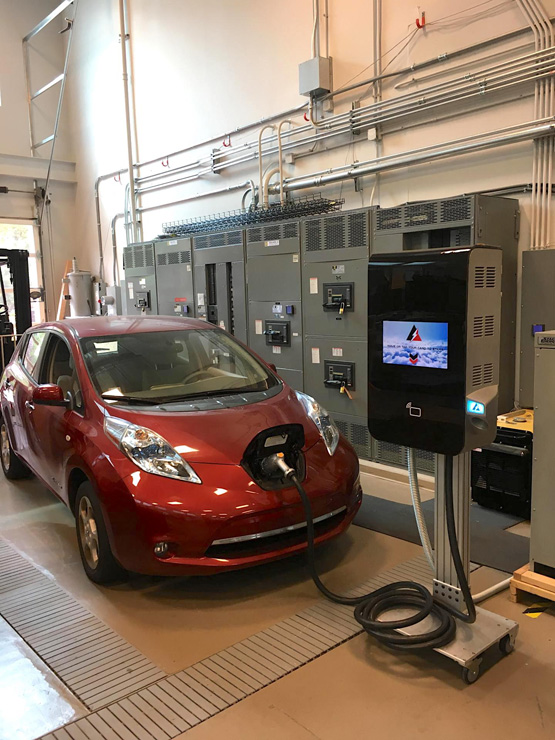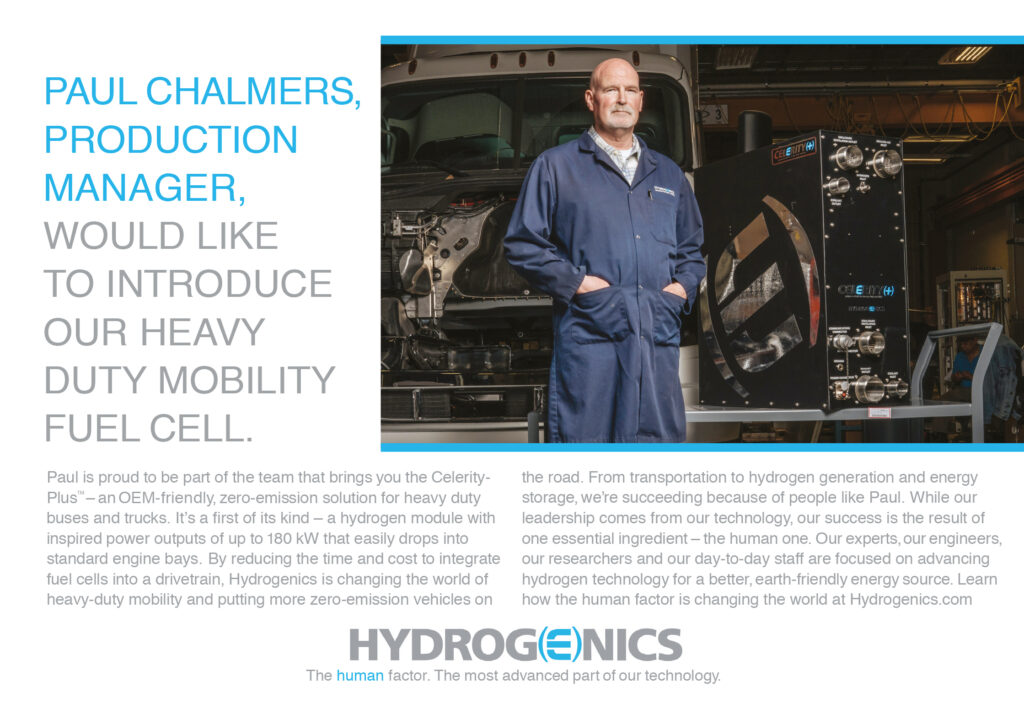Fast, but small and efficient

Researchers at North Carolina State University have built a fast charger for electric vehicles that is at least 10 times smaller than existing systems and consumes 60% less power during the charging process, without sacrificing the charging time (writes Nick Flaherty).
Conventional 50 kW fast chargers have to be installed on a concrete slab. With these systems, a transformer takes power from a medium-voltage line and steps the voltage down to 480 V so that it that can be used by a separate fast charger.
This charger then takes the AC voltage and converts it to DC that is compatible with the electric vehicle’s battery, usually with an efficiency of around 93%.
However, the university’s medium-voltage fast charger (MVFC) uses a solid-state transformer (SST) to take the direct feed from the power line and drive a network of chargers on a DC microgrid. Combining the functions of the transformer and fast charger creates a unit that weighs only 100 kg, allowing it to be mounted on a wall or pole.
“The MVFC does the work of both the transformer and the fast charger, taking power directly from a medium-voltage utility line and converting it for use in an electric vehicle battery,” said Srdjan Lukic, associate professor of electrical engineering at the university and deputy director of the FREEDM Engineering Research Centre.

The prototype MVFC has an efficiency of at least 97.5%, meaning an additional 4.5% of the power is used to charge the vehicle, rather than being wasted as heat. The SST uses a collection of highpower silicon MOSFETs, conventional high-frequency transformers and control circuitry, which is used to provide a high level of flexible control to power distribution networks. Adding a comms capability creates a smart transformer.
The SST can step up or step down AC voltage levels in the same way as a traditional transformer, but it also allows a two-way power flow and can actively change power characteristics such as voltage and frequency levels. Improved power quality achieved with reactive power compensation and harmonic filtering means it can also be used as a fast charger.
The current version of the MVFC charges at the same speed as existing charging stations that use a 50 kW power level. The team is working on a 1 MW version that can charge multiple vehicles more quickly.
In the multi-port station design, a utility line is connected directly to an SST that then feeds a local DC microgrid, with battery storage systems and multiple charging nodes that vehicles can plug into.
“We are building five charging nodes into the prototype, but there could be twice as many, or more,” said Prof Lukic.
Each charging node is capable of providing up to 350 kW of power, allowing charging that is up to seven times faster than today’s chargers. “We’re currently looking for industry partners to help us move from our fully functional prototypes to the market,” said Prof Lukic.
ONLINE PARTNERS






















